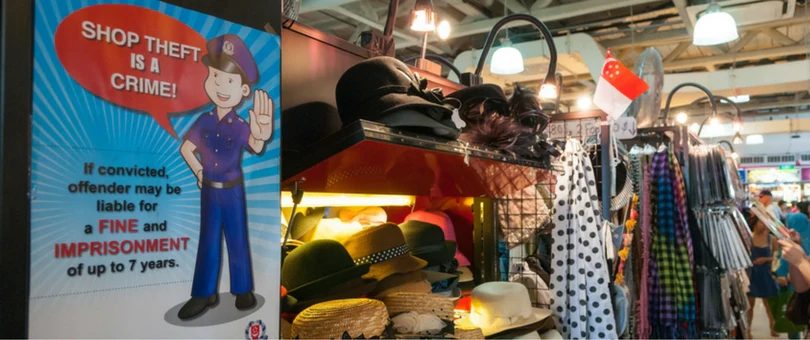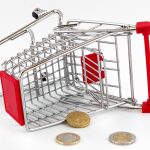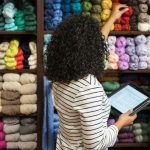- August 30, 2022
- Posted by: simba001
- Category: Business Insights

Shoplifting in supermarkets, or retail fraud, is the removal of merchandise from a store without paying for that merchandise. Having the intent to steal also qualifies as shoplifting. Intent to steal includes things like:
✅ Changing a price tag
✅ Removing security tags or other theft-prevention devices
✅ Putting merchandise in your pockets or bag
✅ Taking merchandise out of its packaging and concealing it
To spot a shoplifter and prevent them from stealing, however, you need to train your employees to keep an eye out for the telltale signs on your sales floor.
Shoplifting in supermarkets, or retail fraud, is the removal of merchandise from a store without paying for that merchandise. Having the intent to steal also qualifies as shoplifting.
Signs of Shoplifting in Supermarkets
Thieves can be any race, gender or background—there is no standard profile but there are red flags to look out for. It’s important to note that the below characteristics do not imply guilt. Always assume positive intent with people in your store and use our loss prevention techniques to minimize the impact shoplifting in supermarkets has on your inventory shrinkage.
Known Past offenders
While shoplifters don’t all have the same appearance, you (or other retailers in your area) may already be aware of specific individuals who have or have tried to shoplift from your store.
If you’ve identified an offender after they’ve committed the act, use your security camera footage to capture an image of their face and hang them up in your employee break room so they can keep an eye out.
Likewise, share those images with retailers near you. If you all work together to spot and prevent shoplifters, you all benefit as a result.
Atypical and unusual customers
Look out for people that don’t look like your typical customer.
Let’s say you manage a clothing store that caters to middle-aged, female professionals looking for office-wear. Teenagers are not your typical clientele—if a group walks in, that’s a red flag.
Oversized clothing or big bags
Anyone wearing baggy clothes or carrying a big bag, whether it’s a backpack, duffle bag, purse or grocery bag, is potentially an offender. If a shoplifter wants to steal as much merchandise as possible, they need something to store it in. Big bags and oversized clothing are great for concealing stolen goods.
Groups
Not all shoplifters are lone wolves. Shoplifters often work as a lifter/distractor too. The distractor(s) job is to distract sales associated by asking them time-consuming questions: finding a specific item, whether or not they have a product in stock, etc. The lifter is the person doing the actual shoplifting. While the distractor keeps sales associates occupied, the lifter steals merchandise.
While it’s good to know the basics and have a watchful eye, never underestimate how wily shoplifters can be; some of them are professionals. Here are a few of their more advanced tricks shoplifters use:
✅ Razor blades: Some shoplifters carry thin, sharp blades (like razor blades) and use them to remove alarm tags once they’re safely in the changing room.
✅ Booster bags: Lining a bag with tin foil prevents alarm tags from setting off the detectors around the store exits. It’s an easy way for thieves to quickly load up on merchandise and leave the shop undetected.
Other shoplifting signs
✅ Watching the staff and security, not merchandise
✅ Avoiding eye contact
✅ Loitering near store exits
✅ Occupying dressing rooms for a long time
At SimbaPOS, our mission is to empower businesses for GROWTH by providing Affordable, Reliable and Easy to Use Point of Sale Systems. Contact us today on 0700 001779 for demo/installation or send Email





